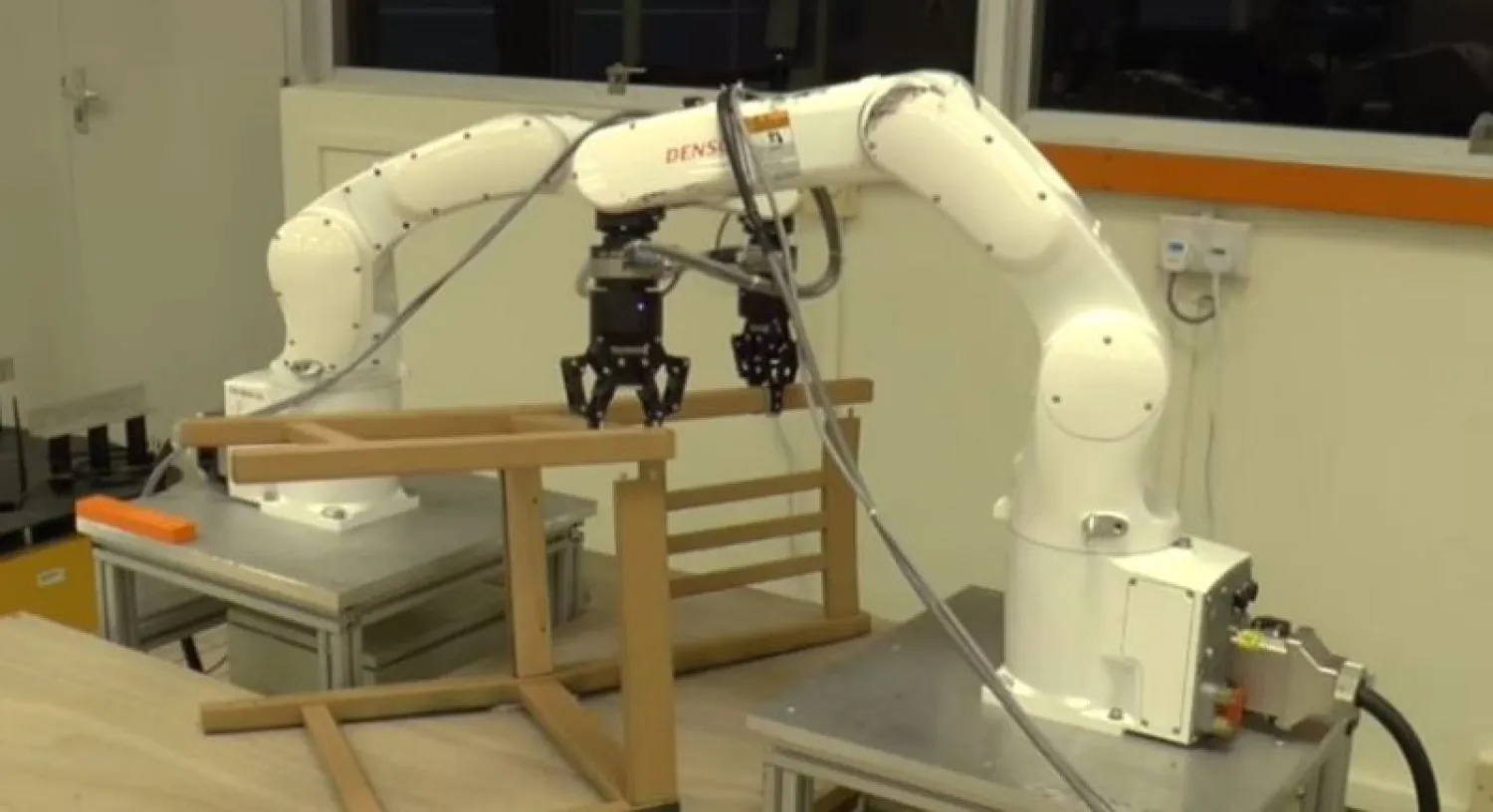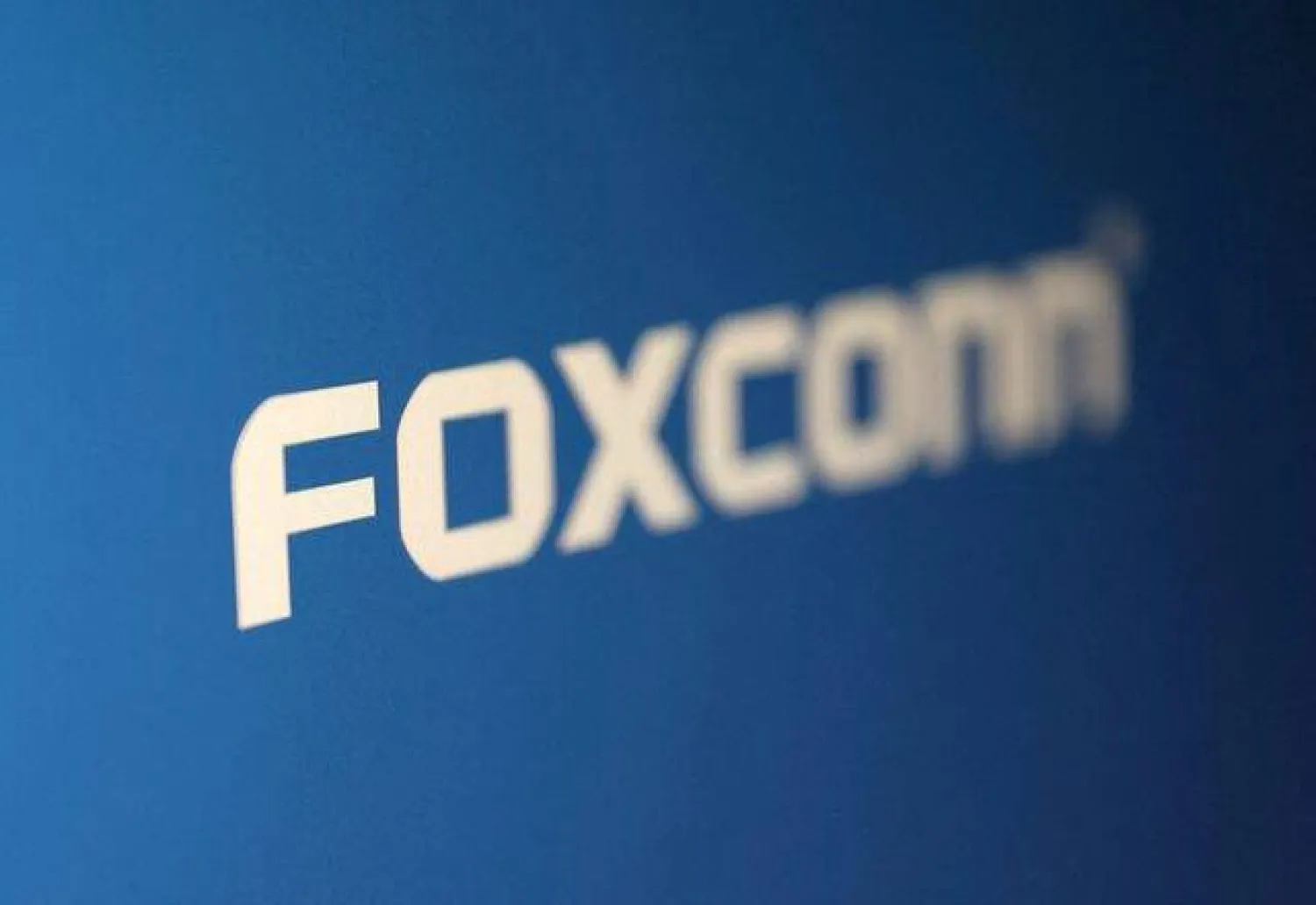Robots in Singapore have completed a task that many people dread: the assembly of Ikea furniture.
Scientists have spent three years to develop two robotic arms that can assemble Ikea flat-pack furniture in just 20 minutes.
The robot took just 20 minutes and 19 seconds to put together a wooden chair from the Swedish furniture retailer. Both arms are equipped with grips and a 3-D camera
Researchers from Nanyang Technological University in Singapore developed algorithms to help the robot build the chair. They said the human-quality of robotic hands enables it to perform complex tasks.
Dr. Quang-Cuong Pham, from Nanyang Technological University in Singapore, who was involved in the project, told The Daily Mail: 'If you have to assemble a piece of Ikea furniture yourself, you have to work out the sequence of actions.
"Through considerable engineering effort, we developed algorithms that will enable the robot to take the necessary steps to assemble the chair on its own."
Robots assembling a piece of Ikea furniture is a remarkable step as their role has been long limited to building cars on assembly lines.
This work, however, involves judging the correct movements to pick up and fit parts together, rather than repeating the same motions thousands of times on a production line.
Pham added: 'For a robot, putting together an Ikea chair with such precision is more complex than it looks.
'The job of assembly, which may come naturally to humans, has to be broken down into different steps, such as identifying where the different chair parts are, the force required to grip the parts, and making sure the robotic arms move without colliding into each other.'









